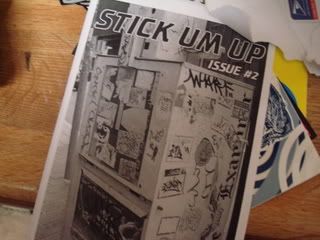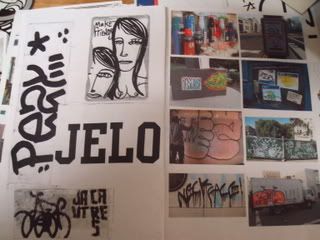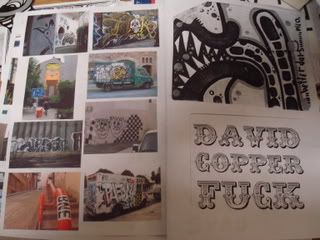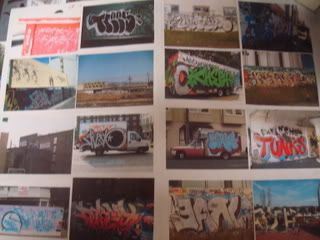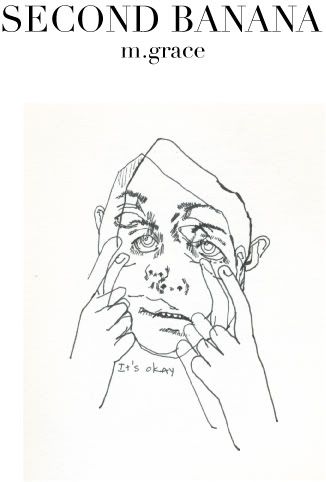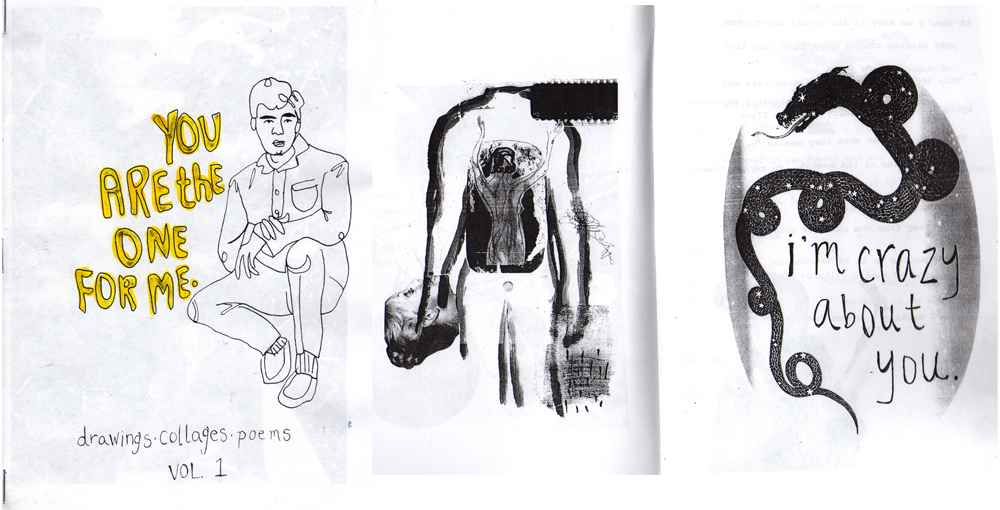
 Paradox, #12, Spring 2008
Paradox, #12, Spring 2008 
There are fewer stories in issue #12 of Paradox due to the presence of the longest piece the 'zine has published yet, a novelette by David Erik Nelson. All these stories have to do with war, either between cultures or nations. Though there are a couple of settings that have become very familiar to longtime readers of Alternate History, the handling is fresh and interesting. In short, this is a strong issue, the stories well written and complex.
The first two stories take place in the most familiar settings. The first, A.C. Wise's "Strange Fruit," is set in the South during the time of slavery. Stories set in this time period tend heavily toward retro-justice. This one begins when Ceri, a young slave, returns home bleeding horribly. Seems that Master Charlie, the plantation owner, had taken advantage of her, and she got rid of the result…at the cost of her own life. But not before she has something to say to him. At that point, the story veers off into the seriously weird. Master Charlie is married, with a daughter who isn't quite all there. His wife has issues with that, and with her life in general. Master Charlie cared about the slave girl, he cares about everyone, but does he see them as people or as objects? Speaking of objects, what is he going to do about the horrible things now hanging from the plantation's trees? It's easy to reduce plantation owners to cardboard cutouts of Snidely Whiplash, but Wise avoids that, delivering a creepy story in which the bizarre and fantastic elements serve to highlight realistic moral and emotional issues.
Shakespearian England has long been a staple setting for Alternate History, with or without elements of the fantastic. During the recent fin-de-siècle, John Dee popped up in most of the stories I saw—though he's far less interesting a historical character than Agrippa, Melancthon, or Paracelsus, to name a few of his contemporaries on the continent. Since the turn of the millennium, he seems to have been replaced by that slashy bad boy, Christopher Marlowe.
Marie Brennan's contribution to the iconography of Kit in her "The Deaths of Christopher Marlowe" is confined to observing Marlowe's "fine-boned face" and his "long-fingered hands." Brennan delivers a taut, lapidary triptych depicting what might have happened that 30th of May, 1593. Her scholarship is sure, her sense of pace impeccable. The story weaves in actual testimony, reflecting the many faces truth wore during the Age of Astraea.
It seemed singular to him, then, that the war as he experienced it should be notable chiefly for its awful silences.
That sentence occurs near the beginning of Nick Wolven's "Señor Hedor," a dark, beautifully written story set at the end of the Spanish Civil War—a war which the Germans won, aided by their ally Franco.
Alfonso is in charge of three men as they poke about what appears to be an empty cloister. They are starving, looking for food, when a machine gun opens fire on them and wounds one of the men. They retreat into a room where they find a dead German soldier—who becomes Señor Hedor, the word meaning "stink" or "stench." Sounds and silences are the tools Wolven uses as he spins his tale of four—no, five—men, examining meaning and the splintering of custom, culture, and civilization by the brutal hammer of war.
Set in China during 1450 B.C., "Plastromancer" by David Sakmyster is another very dark look at the effects of war. Down the left side, the illustration depicts Chinese oracle bone script. A plastromancer divines the future from the cracks in turtles' shells—made while the creatures are systematically burned alive. Xian Li used to be the village's Diviner until her region was conquered by the Shang. She's been replaced by Zhai Tong, who is desperate to find the future that the Shang overlords want. Though they have their own form of divination, the Shang fear a last reading done by the locals, which predicted their downfall through someone born in the village. Though they took savage steps to make certain that future would not come to pass, they are still uneasy. Like many people made desperate by circumstance, Xian Li has made the shift from civilized behavior to survival; what she does, and why, forms the rest of this painful and powerfully absorbing story.
That brings the reader to the story mentioned above, David Erik Nelson's "Tucker Teaches the Clockies to Copulate." Set in Lost Creek, Utah, after the Long War that defeated the Confederacy (after Sherman marched on Atlanta with his mechanized Chinese mechanomen), this concerns the period after the slaves were freed. The same pen stroke that accomplished the end of slavery also set the mechanical beings free. The ones that settled near Lost Creek found space out on a mesa and built a second generation, a little more human looking.
The narrator is a displaced man of Japanese descent, known locally as Doctor Kansas, a veterinarian. There is mystery hinted at in his past—he must at one point have been a physician—but now he only does private types of procedures, of which the locals are ashamed. He's unacceptable socially, being Asian, but unmolested as he cruises around town observing people, especially Dickie Tucker, a veteran of the war who is a drunk, a hashish smoker, and who had lots of personal experience with the mechanomen, or "Clockies," during the war. Drunken Dickie tries to teach the Clockies human activities, which is largely ignored by the locals until he tries to teach them sex. When the locals realize that the Clockies have taken their mimicry a step further, a massive lynch mob is organized.
The story is poignant, sad and funny, bitter and hopeful, and altogether amazing in its examination of exactly what it means to be human—and to live among humans. It makes a terrific end to a good issue.
The Fix - http://thefix-online.com












